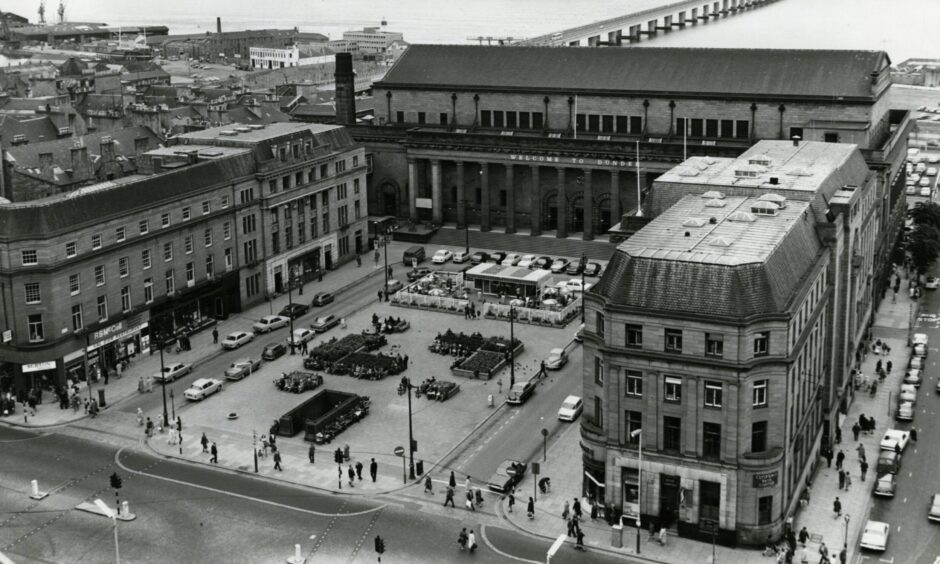
Dundee city centre was changing from a medieval burgh into a 20th Century metropolis when the Caird Hall opened in 1923.
The DC Thomson archives team has rummaged through the photo files and dug out a selection of photographs featuring the building which was built between 1914 and 1922.
Some of these photographs have not been seen for years.
Plans for a new, modern building near Crichton Street were first submitted by the city architect, James Thomson, in 1910.
At that time, the plans proposed a civic centre to stand at the harbour – where the V&A museum is currently located.
When Sir James Caird offered to fund the project, he made adaptations to the architectural designs.
However, several features from Thomson’s originals remain in place.
A delve into the Caird Hall backstory
King George V and Queen Mary pressed buttons at Caird’s Ashton Works, a mile away in Hawkhill, sending a signal to lay the foundation stones in 1914.
The button pressed by the king was made from an emerald which he then gave to the city and today it forms part of the Lord Provost’s chain.
It was to be built on a site between the 200-year-old Town House and the docks, resulting in the clearance of the historic vault and Greenmarket.
Building work was soon halted by the First World War.
It later restarted and the project was not completed until 1923.
Caird had died by this point.
However, he did predict that the building would eventually become part of the new City Square – which it did.
His sister, Grace Marryat, donated £75,000 to allow its completion, which permitted the construction of the façade, a colonnade of ten massive Doric columns.
She also gifted the Marryat Hall, attached to the west.
The official opening of the Caird Hall by the Prince of Wales, later Edward VIII, did not take place until October 26, 1923.
However, parts of it were in use well before then, with the first public event at the Caird Hall being a Labour Party “rally” which was similar to the modern day conference.
As well as hosting events and conferences, the Caird Hall has played host to some of music’s most famous faces – including The Beatles, Frank Sinatra, David Bowie, Elton John and Queen.
Its magnificent acoustics have ensured audiences have been enthralled and entranced, whether enjoying a rock band, orchestra, or comedian in action.
Its outstanding pipe organ, one of the finest in the UK and among Dundee’s most treasured cultural jewels, was installed by Harrison & Harrison of Durham in 1923 to the design of eminent Edinburgh-based organist, Alfred Hollins.
The Caird Hall organ has attracted some of the world’s best players to Dundee to sample its character and unique sound.
A series of joyous celebrations and switch-on events have taken place in front of the Caird Hall since the first Christmas tree was raised in the City Square in 1952.
The tree, at 42ft tall, was 12ft taller than the council had agreed to but the city fathers felt that it was worth the inconvenience since it had come from the Duke of Atholl’s estate in Perthshire.
However, the Earl Grey and King William IV docks were filled-in in the 1960s to make way for the Tay Road Bridge which pushed the shoreline away from the Caird Hall.
The relationship with the Tay was further changed in the 1970s with the construction of Tayside House which became Dundee’s most hated building.
It was right in the eye line of traffic coming across the Tay Road Bridge and was originally leased for 63 years before being bought for £8.6m in 1984.
It was an image of modernisation when it was built but over time it came to be decried as a symbol of everything wrong with brutalist architecture.
One of the more memorable points in the hall’s history was when it stepped in as a ‘lookalike’ for the Bolshoi Theatre in Moscow, during the filming of the Alan Bennett play An Englishman Abroad.
Rather than film in the pre-Glasnost Soviet Union, the Caird Hall and Whitehall Theatre stood in for the Moscow theatre for the real-life story in February 1983, prompting at least a few double-takes from baffled locals.
Following a decommissioning concert by Gordon Stewart in 1991, the Caird Hall organ was taken to the Harrison workshop and returned later in the year with a raised pitch so that it could be played with orchestras.
It was recommissioned in 1992 by Carlo Curley in another concert.
Historic Scotland re-designated the Caird Hall from Grade B to A in 2010 to reflect its special architectural and historic interest following a refurbishment programme.
Little wonder.
Most folk who hail from Tayside and Fife – and many from further afield – have fond memories of events at the stunning venue.
Its magnificent acoustics have ensured audiences have been enthralled and entranced, whether enjoying a rock band, orchestra or comedian in action.
Here’s to the next 100 years.
- These images from the Caird Hall through the years appear courtesy of The Dundonian, which appears in the Evening Telegraph every Wednesday.
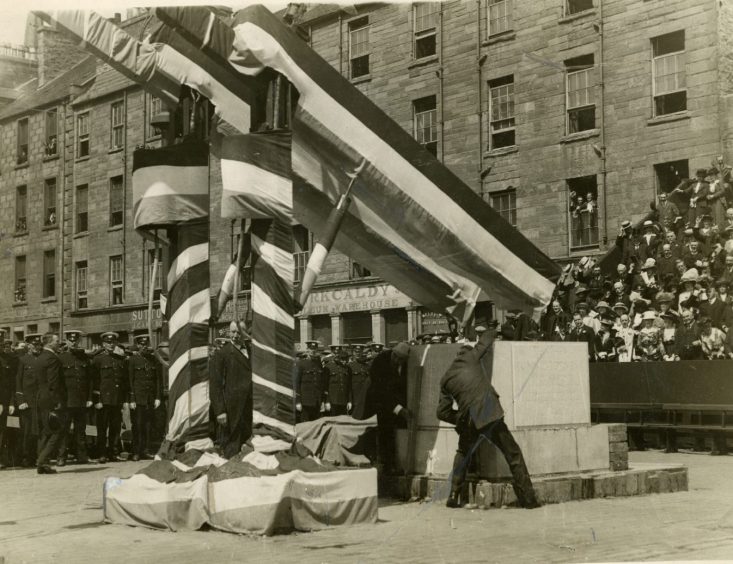
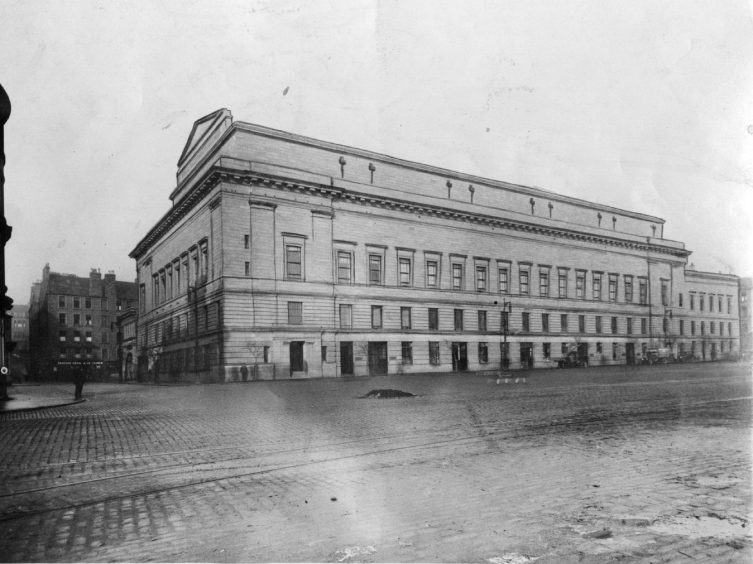
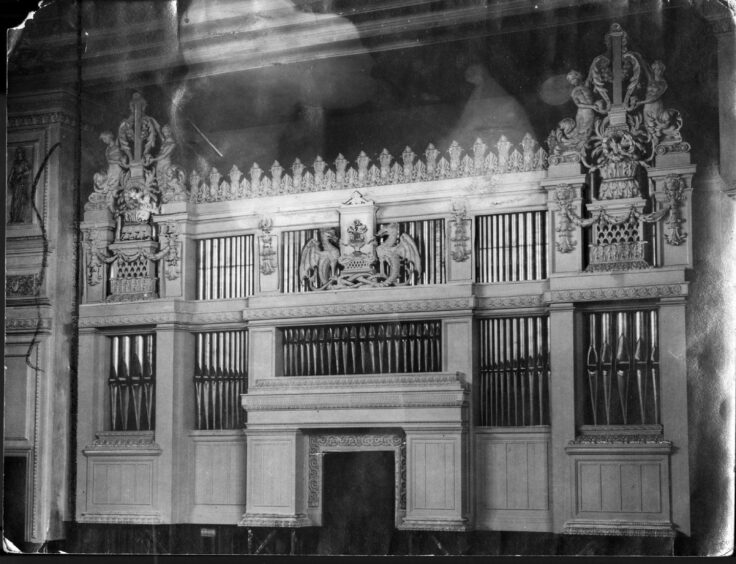
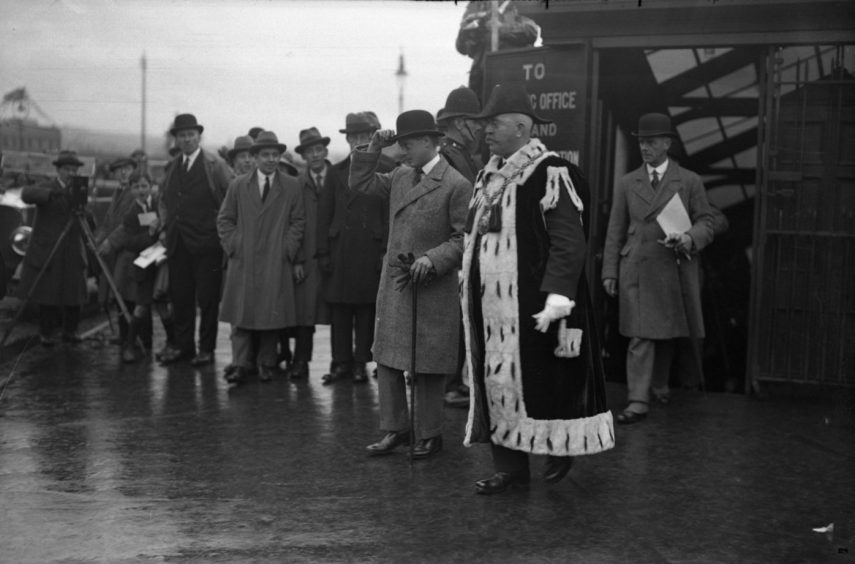
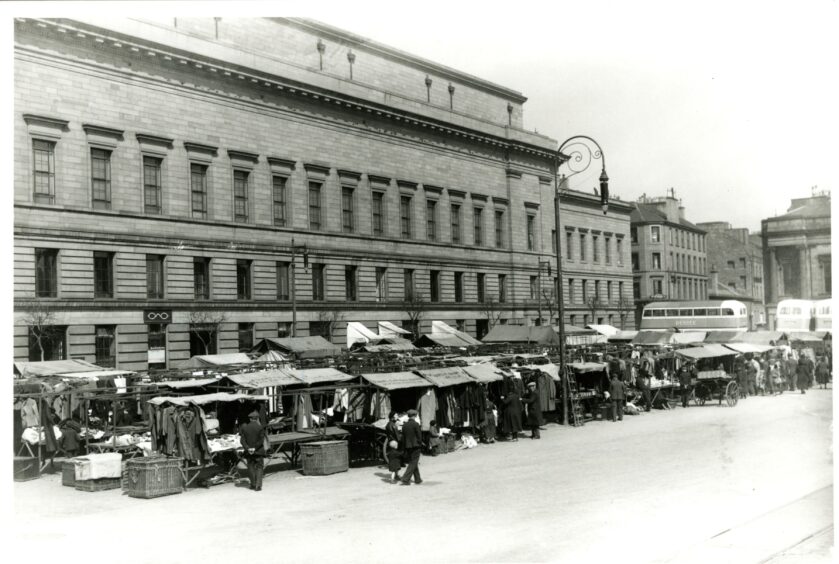
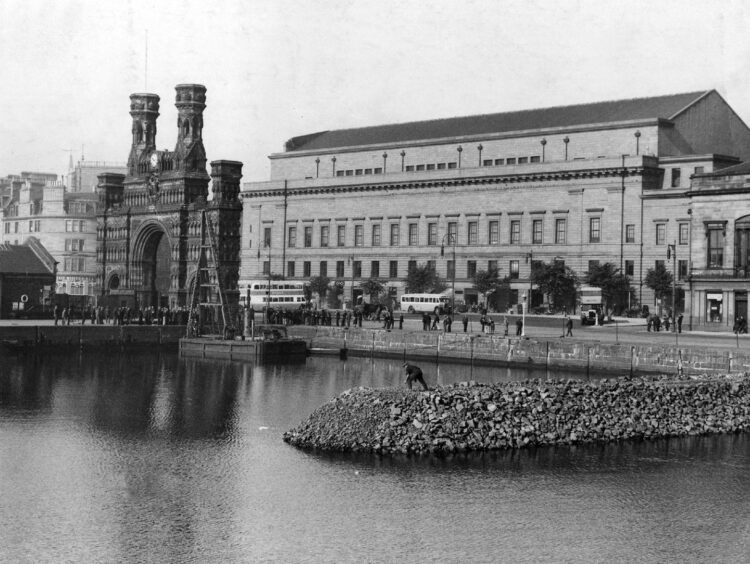
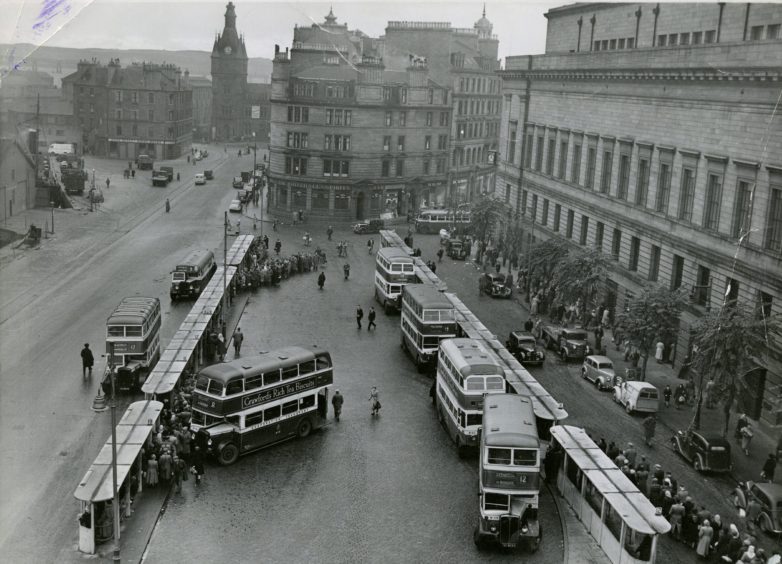
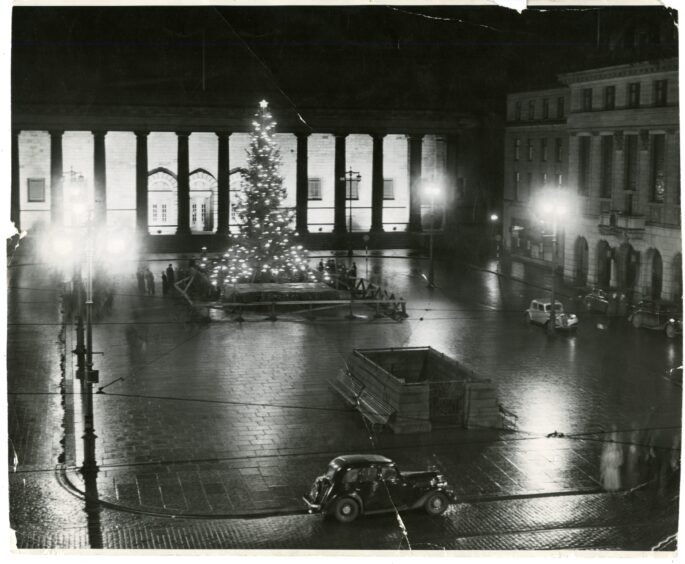
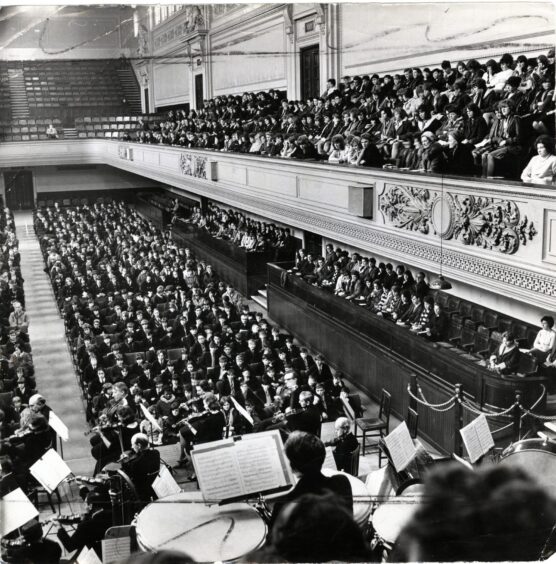
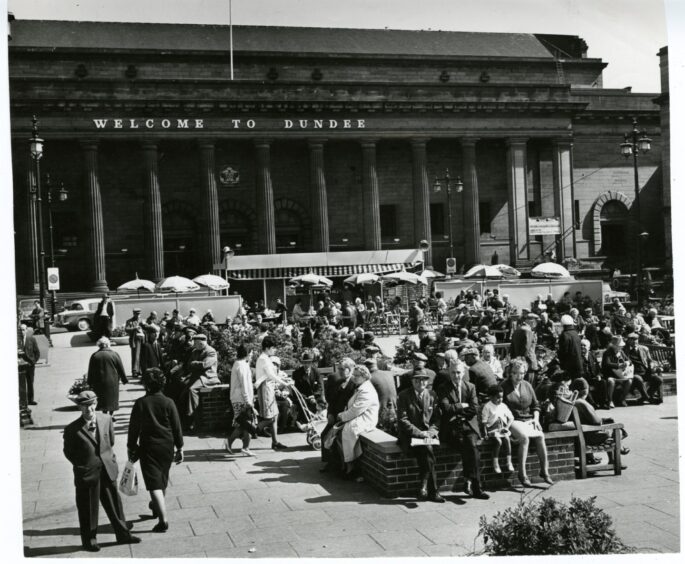
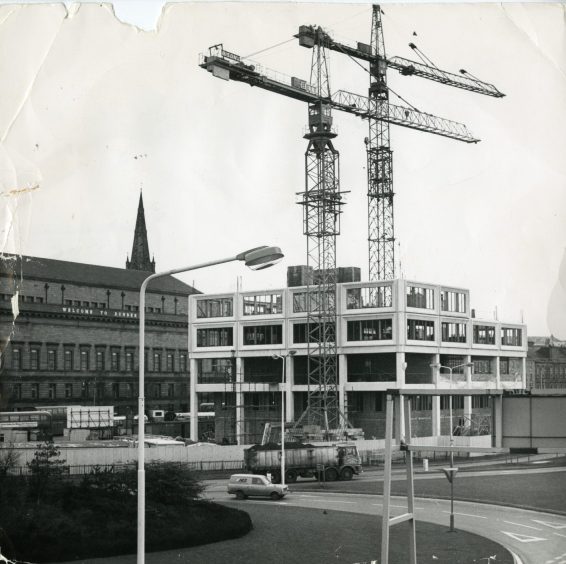
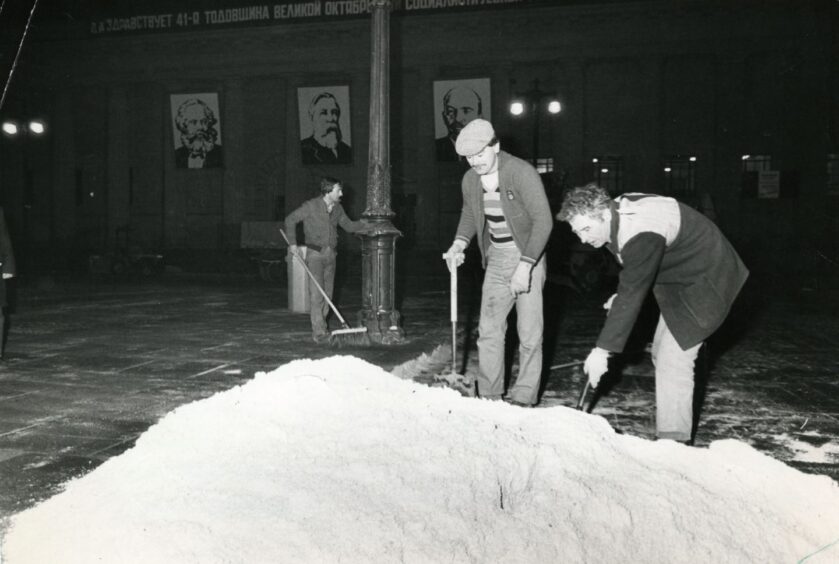
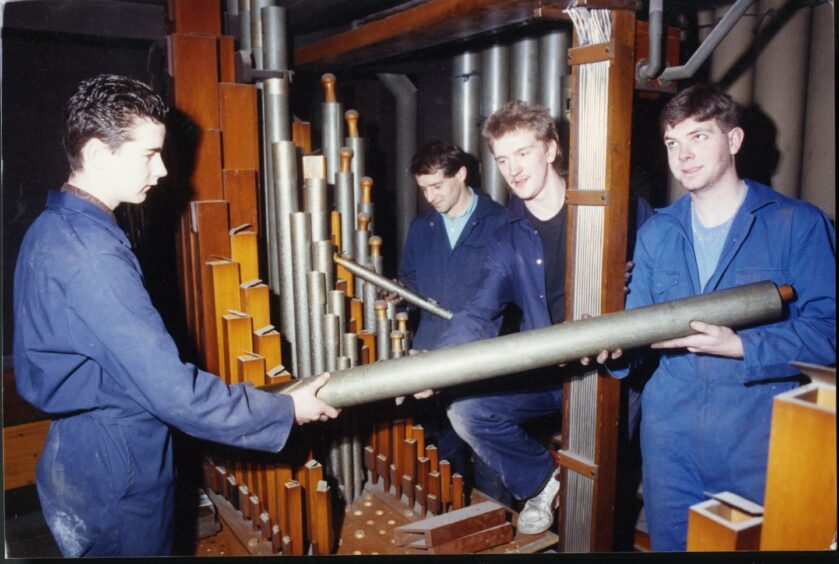
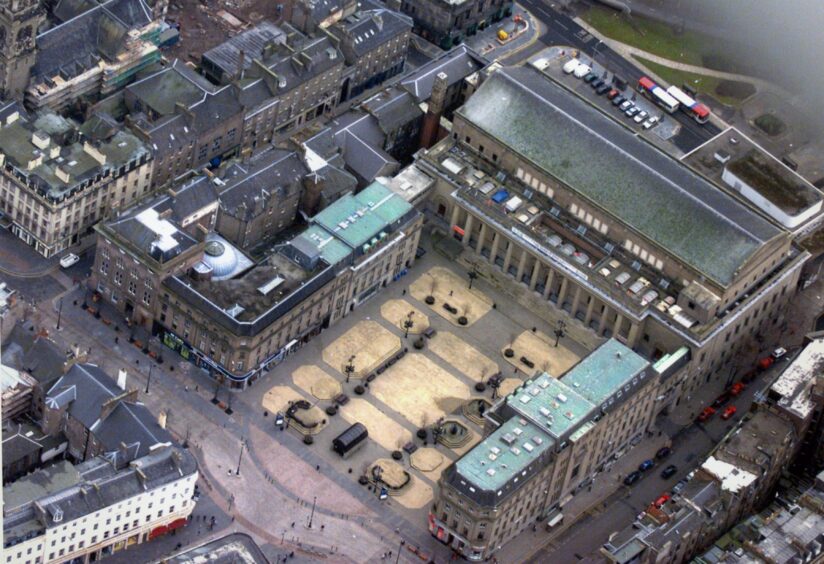
Conversation